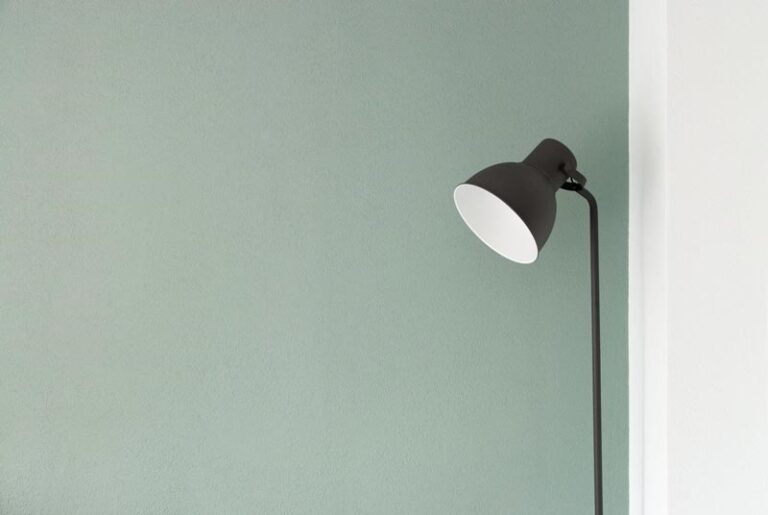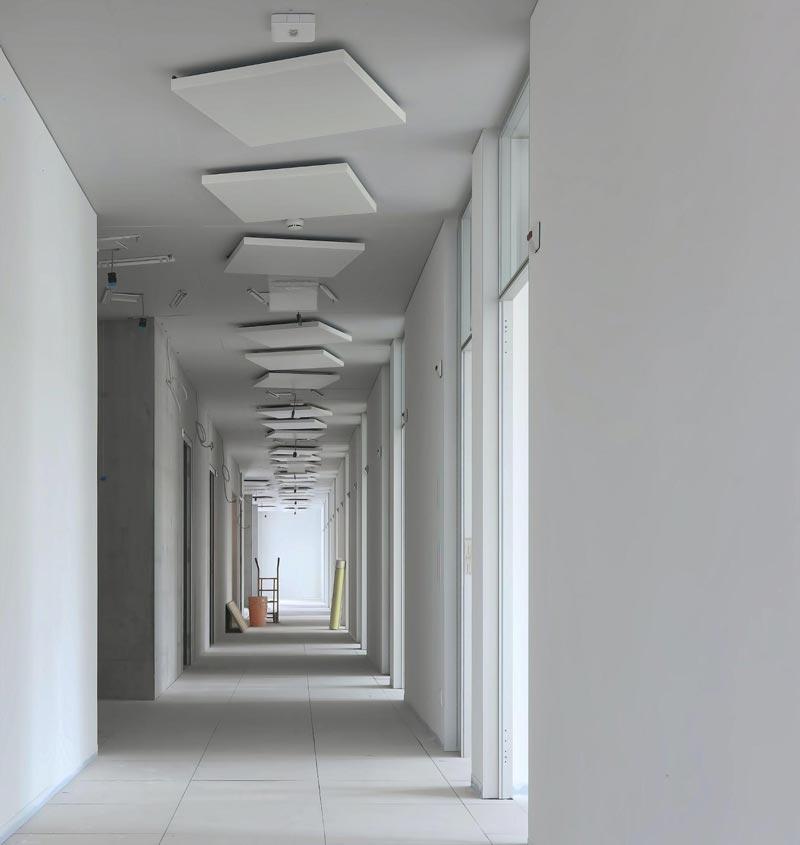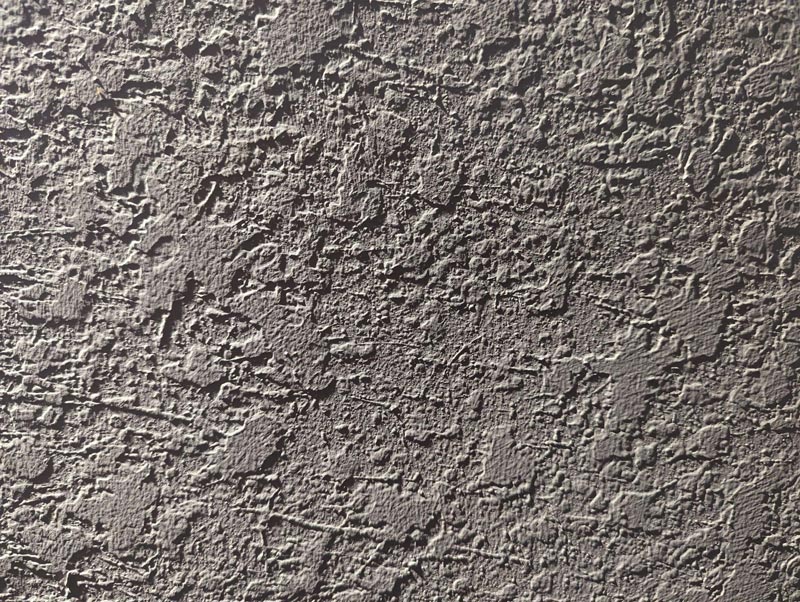A particular type of material called drywall is used for the inside walls and ceilings of most homes. It is composed of two sheets of sturdy, thick paper between which is pressed gypsum. One brand of drywall that is known for its superior quality is Sheetrock.
Because sheetrock is a well-known brand, both contractors and homeowners use the phrases drywall and sheetrock interchangeably.
Produced by multiple businesses.
Although Sheetrock and drywall serve the same purpose and are frequently used interchangeably, there are a few minor distinctions between the two that should be noted. Continue reading to find out how to choose the most appropriate solution for your project and the distinctions between Sheetrock and drywall.
Describe drywall.
In new home construction, drywall took the role of plaster as the primary building material in the middle of the 20th century. It is used for covering the studs in interior walls and ceilings. Gypsum powder is dried and compressed between large sheets of paper to create drywall.
The paper creates a flawlessly smooth surface for paint, while the gypsum provides drywall solidity and rigidity. Gypsum is the raw material used to make drywall, which is also known as GWB, wallboard, plasterboard, or gypsum board. Additives can be added to drywall to improve its performance.
Due to its broad availability, affordability, and ease of installation, drywall is the most widely utilized substance in modern construction, both for residential and commercial projects.
Different brands of drywall exist, and some are designed to perform differently throughout the house; for example, moisture- or mold-resistant drywall.
Although drywall is fire-resistant in general, various kinds have varying degrees of fire resistance. The majority of drywall varieties range in price from $0.40 to $0.65 per square foot. In case you opt to use an expert for drywall installation, the budget is approximately between fifty and one hundred dollars per hour.
Type C vs. Type X Drywall: Advantages and Drawbacks
When selecting drywall, a single of the most crucial considerations is fire safety.
Describe Sheetrock
Consider the connection between Sheetrock and drywall in the same way that you would Kleenex and tissues or Band-Aids and bandages. While all drywall is referred to as Sheetrock because it is the name of a company for drywall products, not all drywall is named Sheetrock. But because of their widespread use, the names have evolved to mean the same thing.
Sheetrock is similar to drywall in that it may be placed over a building’s frame for either residential or commercial use to build walls and ceilings. An established brand that is dependable for use by a drywall contractor on a variety of construction jobs is Sheetrock.
Sheetrock drywall panels come in a variety of forms, each with unique characteristics and attributes. These consist of sound absorption, coatings that resist flames, and moisture resistance.
In contrast to other drywall types, Sheetrock doesn’t release sulfur aromas, which can rot metal fasteners used by contractors to fasten panels to studs, give off an unpleasant stench, and possibly even create health issues. Sheetrock is generally more expensive than other generic varieties of drywall because of its wide appeal, diversity, and high quality.
Different Sheetrock and Drywall Types
These are a few of the various characteristics of the Sheetrock brand and generic drywall brands. Here is some essential data about the many types of drywalls accessible.
Whiteboard: Also known as “regular drywall,” whiteboard remains the most widely accessible form of drywall. It usually comes in 4′ by 8′ sheet widths and weighs about fifty pounds for each panel. It is most frequently used for ceilings and wall coverings in new homes.
Soundproof drywall: Soundproof plasterboard adds an additional layer of control to the sound dampening that all drywall and Sheetrock will provide. For places like home theaters, bedrooms, offices, or music rooms that might need more acoustic control, soundproof drywall is constructed with an additional inner layer composed of viscoelastic polymer.
Ceiling drywall: Also referred to as sag-resistant drywall, ceiling drywall is made especially for installing ceiling panels. It is less dense and lighter than standard drywall, which helps avoid sagging and facilitates the installation process overhead.
Drywall that is resistant to mold and moisture: Green boards, as well as blue boards, are examples of products that are resistant to mold and/or moisture. This kind of drywall works well in places like the kitchen and bathroom where moisture resistance is required. To keep moisture out, it is constructed with a paper backing and wax coating.
Fire-resistant drywall: Another specialized type of drywall, sometimes known as Sheetrock, is fire-resistant or fire-rated drywall. It is frequently used in garages, basements, and other locations near appliances or equipment that could catch fire. In the case of a fire, this kind of plasterboard works by slowing the spread of smoke and flames.
When you employ a local drywall contractor to install your plasterboard, they will typically assist you in choosing the right product for the space. They will also make sure that your drywall is up to code, this is crucial in places that are prone to moisture, like kitchens and bathrooms, as well as places that are prone to fire, like boiler rooms and garages.
Wall Panel Sizes
Depending on the assignment you’re working on, you could require a thicker sort of drywall (https://www.diffen.com/difference/Drywall_vs_Sheetrock), regardless of whether you choose to use a generic brand or the Sheetrock brand. The drywall offers less support and breaks more readily the thinner it is. Every thickness, though, has a specific set of uses.
The thinnest drywall you can get, at ¼ inch thick, works well for patching existing damaged walls and bending around curved walls. Although it used to be typical, ⅜ inch thick drywall is now mostly utilized for repairs and curved walls.
Typical dimensions for drywall sheets are four by eight feet. It is best to spread evenly over four wall studs spaced sixteen inches apart or across three ceiling joists spaced twenty-four inches apart using a 4-foot width. The 8-foot length minimizes the need to cut the drywall before installation because it matches the conventional ceiling height in the United States, which is also eight feet.




0 Comments